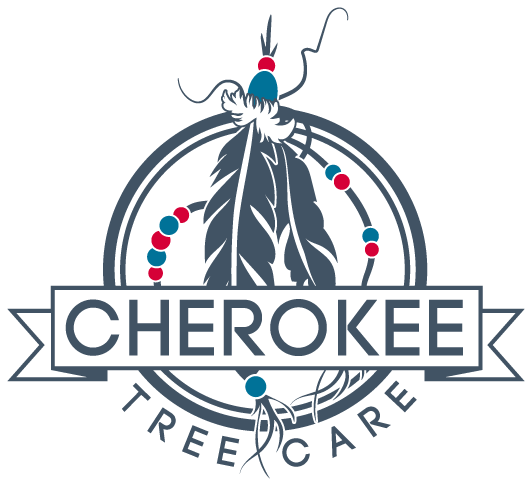Plant Health Care
Plant Health Care involves consistent monitoring, preventive treatment, and knowing what is normal and abnormal for each tree species. It is ideal to start your trees on a Plant Health Care program from a young age in the tree’s life. Oftentimes, an arborist is called to a tree when it is already declining and showing signs of loss in vigor. The goal of Plant Health Care is to maintain the health, vigor, and appearance of your trees while using the most cost-effective and environmentally friendly practices available. Maintaining a routine of inspections on your trees can allow them to remain healthy longer, live longer, reduces the need for pesticides, and can save you money in the long run from costly removals of a failing tree.
There are some Plant Health Care topics that should be addressed in early spring, including fertilization for young trees. We use a slow release, liquid injection into the soil around the tree that provides nutrients needed for growth and to aid in establishment.
Soil drenches for pests such as Japanese Beetles and Emerald Ash Borers, are applied to the soil around the tree’s roots and move within the tree. One application in early spring is all that is typically needed for the year to prevent various insect damage.
Horticultural oils are a safer and more natural defense against a variety of insects, including scale, a hard-shelled insect. The oils work by smothering and killing the insects and prevent egg hatching.
A preventative fungicide spray is also done in early spring to prevent leaf spot and defoliation on deciduous trees and needle cast on evergreens caused by various fungal diseases.
A certified arborist has a trained eye to spot anything abnormal about your tree and any signs of pests or diseases. Call us today to sign up for our Plant Health Care Program.
Deadwood Pruning
Deadwood occurs on even the healthiest of trees. While the rest of the tree may continue to produce foliage and new growth, branches that no longer have any foliage, buds, or green growth underneath the bark are considered deadwood. Pruning away deadwood is a good idea no matter what time of the year, because leaving behind decaying wood on a tree provides food for many pests and fungi which can cause further complications. Insects and pests that are attracted to deadwood can become established and spread to the healthy, living tissues in the tree, causing the tree to become stressed and weakened. Dead limbs also have the potential to fall, causing damage to anything below the tree.
As we have talked about in previous blogs, trees don’t heal, they seal. An arborist will know where to make a pruning cut to remove any decaying wood so that the tree can seal properly. By sealing, the tree compartmentalizes and stops the spread of decay.
Pruning and inspections of your tree should be done routinely. Pruning is a dangerous job and should not be attempted by anyone who is not trained in doing so properly. Give us a call, and we will give you a free quote to remove the deadwood from your trees.
The Benefits of Trees
The benefits of trees are numerous. They are our silent partners in the community. Environmentally, economically, socially, and physiologically trees do more for us than you are probably aware of.
Environmentally, trees improve air quality, reduce storm water runoff and erosion, provide shade and oxygen, cool the air through transpiration, filter airborne pollutants, and provide food and shelter for wildlife. Excessive amounts of carbon in the atmosphere trap heat produced by sunlight which creates what is called the “Greenhouse Effect”. Trees sequester carbon, meaning they take in carbon from the atmosphere, store it, and use it, which reduces excess carbon in the environment and reduces the greenhouse effect.
Economically, trees attract business and residents to an area. Property values of homes with trees are higher and well placed trees can reduce cooling costs and provide a wind block in the winter. City streets with trees have shown to attract more business and shoppers tend to stay longer.
Socially and physiologically, trees have been proven to reduce stress, reduce behavioral problems in children, reduce certain crimes and reduce hospital recovery times when trees are visible to patients.
Trees are our passion at Cherokee Tree Care. Because we know the importance of trees in our community, it is our mission to grow trees for the next generation.

